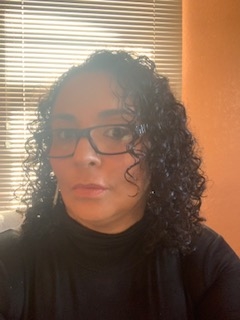
UCLA Professor Featured in KCET Special, “187: The Rise of the Latino Vote”
Dr. Celia Lacayo, Associate Director of Community Engagement…
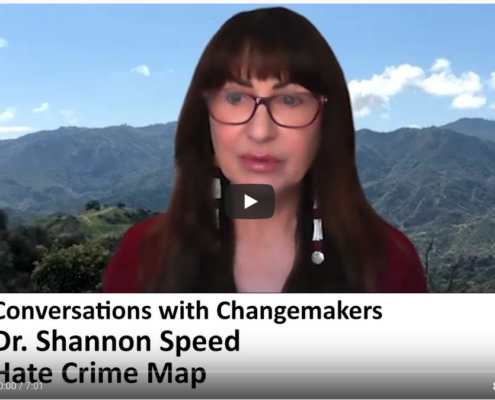
LA Social Science Presents “Conversations with Changemakers” Featuring Dr. Shannon Speed Discussing The Hate Crime Map Project
LA Social Science recently spoke with Dr. Shannon Speed,…

The UCLA Black Feminism Initiative Offers A Much Needed Social Justice Perspective
The UCLA Newsroom recently spotlighted the UCLA Black Feminism…
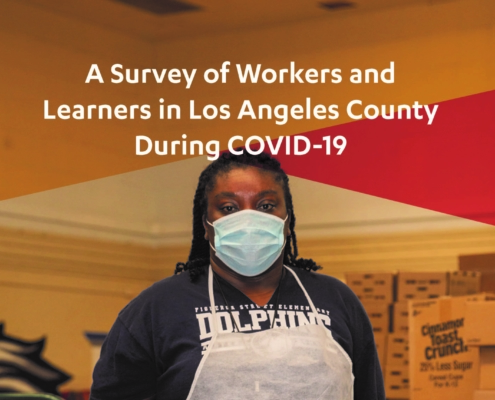
Workers and Learners’ Experiences in Los Angeles County
By Sophia L. Ángeles, Graduate Student Researcher; Janna Shadduck-Hernández,…
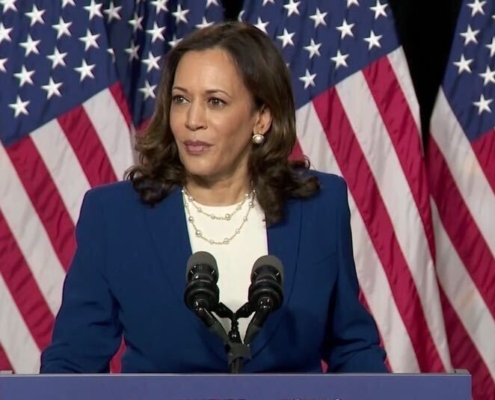
UCLA Faculty Share Insights on Historic VP Pick
The historic selection of Senator Kamala Harris, as the first…
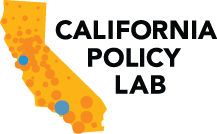
California Policy Lab Releases Brief on California Unemployment Insurance Claims During Pandemic
The California Policy Lab (CPL), in partnership with the…
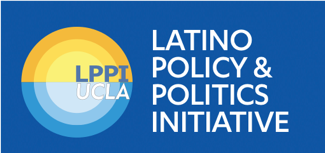
UCLA LPPI Brief Finds L.A. Black & Latino Neighborhoods Lack Resources During Safer-at-Home Order
On May 19, 2020, UCLA's Latino Policy and Politics Initiative,…

UCLA Report Reveals Economic Uncertainty for Latino Neighborhoods During Pandemic
UCLA's Latino Policy and Politics Initiative (LPPI) in partnership…

Then & Now: A New Podcast by the UCLA Luskin Center for History and Policy
The Luskin Center for History and Policy has created an exciting,…
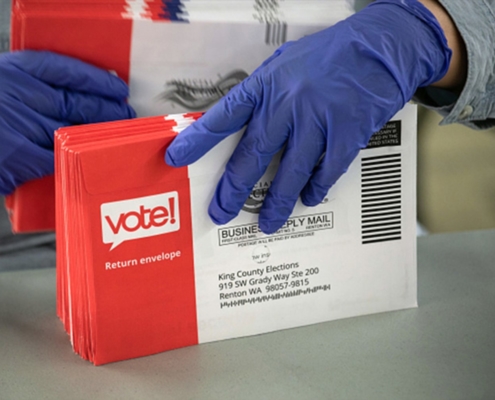
Leading Voting Rights Experts Discuss Universal Vote-By-Mail Amidst COVID-19
By Eliza Moreno, Communications Manager, Latino Policy &…

